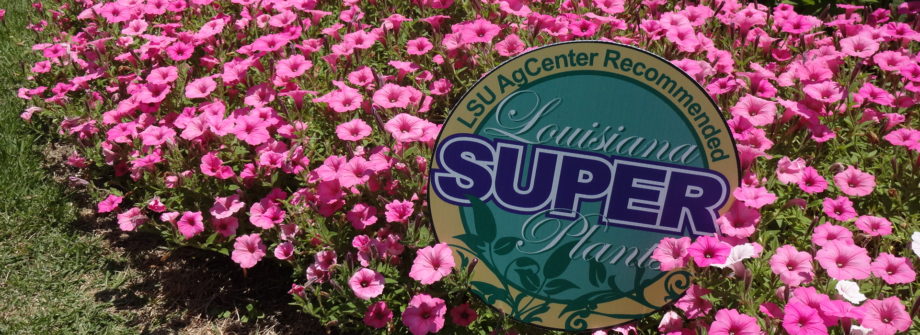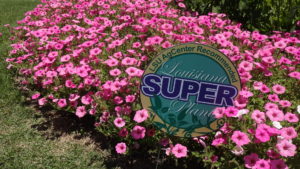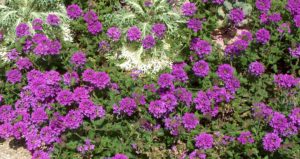With temperatures dropping and staying cooler, many gardens lack color and life, but they don’t have to! LSU AgCenter suggests adding cool season annuals to your landscape during the winter to “enhance the quality of your garden, increase curb appeal and add color and dimension to a possibly otherwise barren landscape.” Not only will these varieties liven up an ordinarily drab garden, they will also provide much needed nourishment to nectar-loving migrating insects that are preparing to fly south for the winter.
Supertunia Vista Bubblegum Petunia

LSU AgCenter suggests petunias do best in Louisiana when planted from September through early November, or in late winter and early spring from early February through mid-March. “A fall planting of petunias will normally overwinter well and provide blooms until late May. Late winter- and early spring-planted petunias normally last only until early June, but if the weather cooperates, the more heat-tolerant petunias — like Supertunia Vista Bubblegum — can be oversummered successfully,” says Allen Owings of LSU AgCenter. Plant these petunias in full sun in well-drained soil. Petunias prefer acidic soil in the pH range of 5.5 to 6.5. Pine straw improves the appearance of the landscape bed and minimizes upward splashing of water from irrigation while helping with weed control. Learn more.
Homestead Purple Verbena Annuals

Diamonds Blue Delphinium

These little beauties need full to part sun, and grow 14″-16″ tall by 12″-14″ wide. Plant these anytime between October – February with a spacing of 12″ apart for a bright, electrifying sea of blue color. Learn more.
What are some of your favorite fall & winter annuals? Share your ideas by commenting below. We would love to hear what everyone else will be incorporating in their garden this season!
- Supertunia Vista Bubblegum Petunia Annuals
- Homestead Purple Verbena Annuals
- Diamonds Blue Delphinium Annuals





Thank you for sharing these wonderful tips on adding life and color to our gardens during the cooler months. It’s heartening to know that we can enhance our gardens while also providing nourishment to migrating insects.